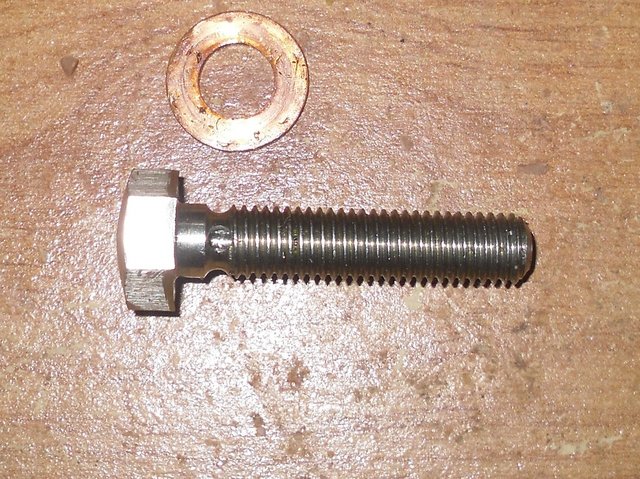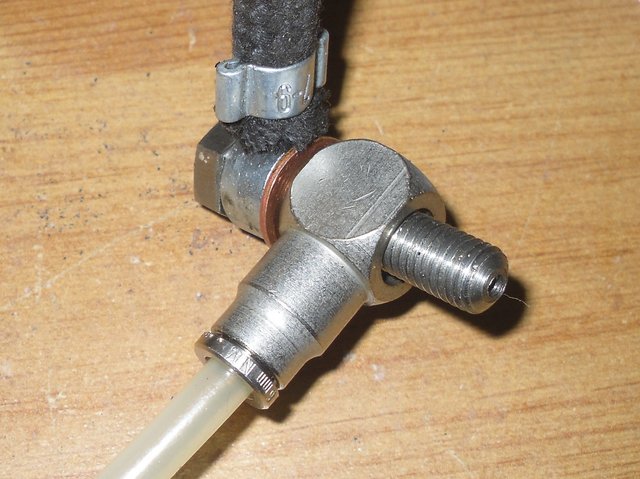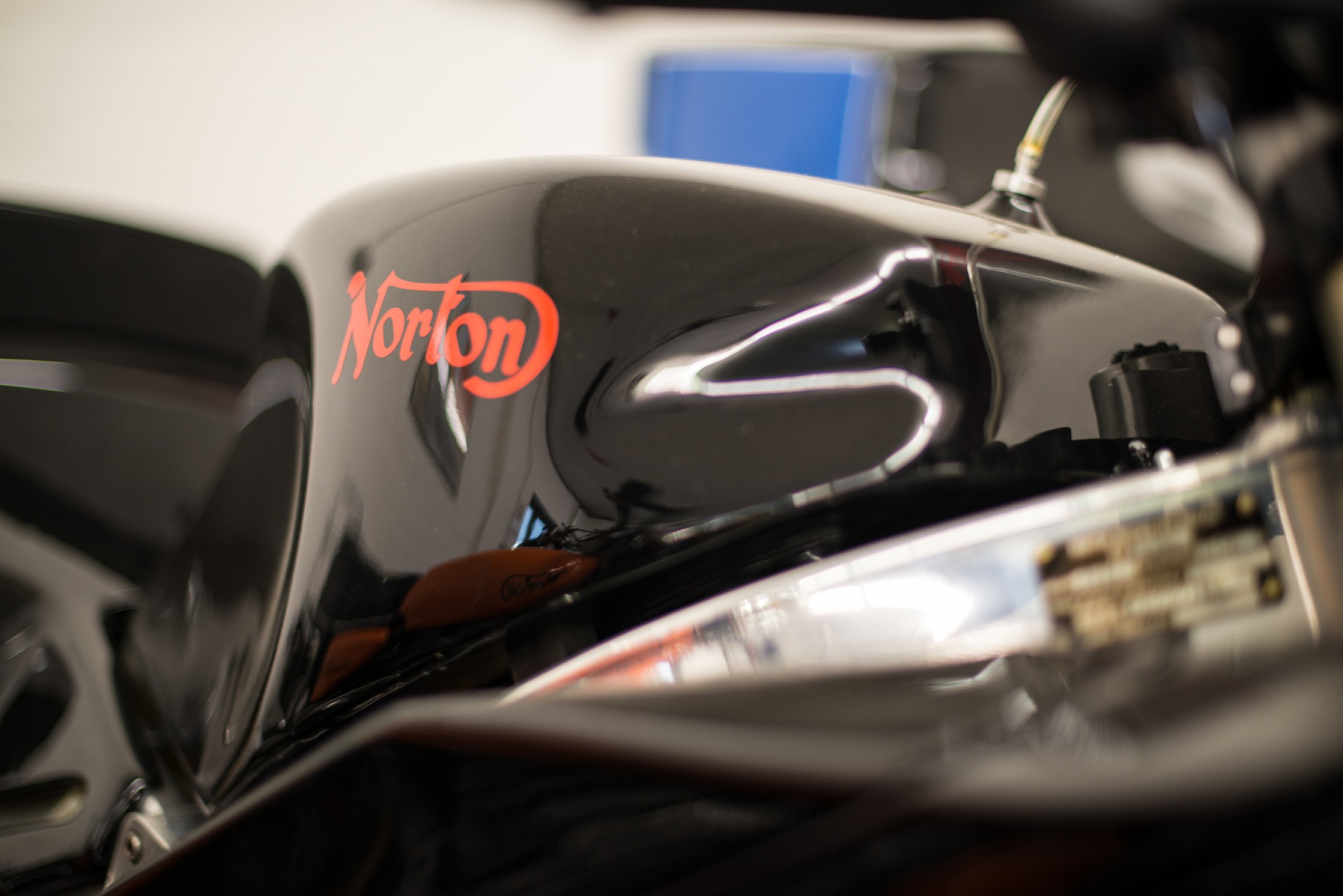- Joined
- Jan 13, 2022
- Messages
- 76
Was wondering if anybody else had used a test gauge like this one? I don’t really understand how sufficient oil flow will reach the feed banjo. If anyone else has used one I would love to know how it went. There is only one hole in the banjo bolt side that is positioned right on edge of the gauge banjo. Then after the first smaller washer the rocker banjo but would only be feed by a small amount of oil passing by the washer .9mm. Dont want to risk not allowing sufficient oil flow to the head. Any help appreciated.














